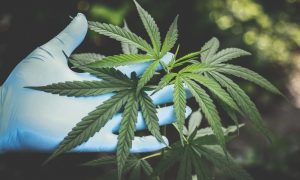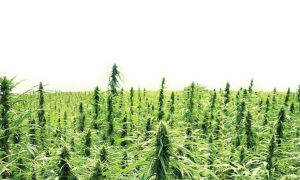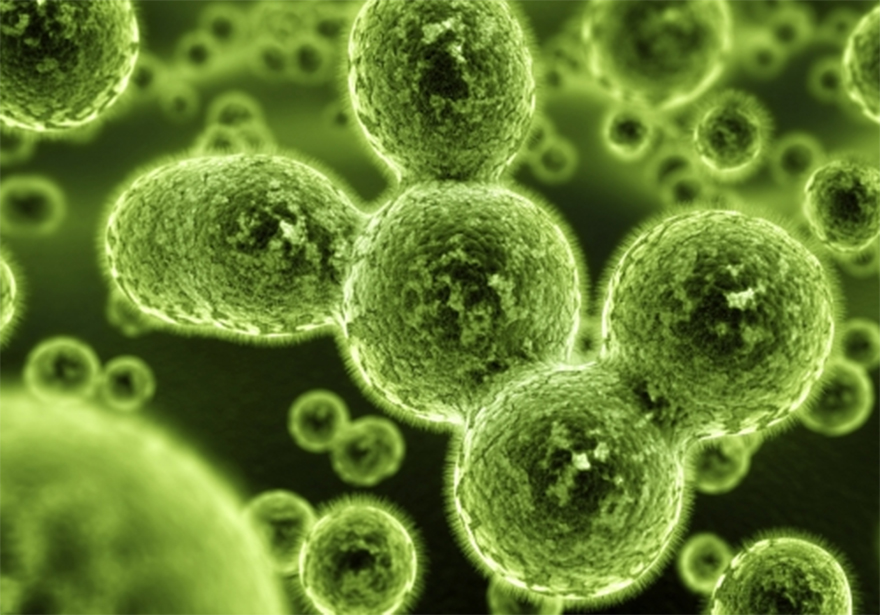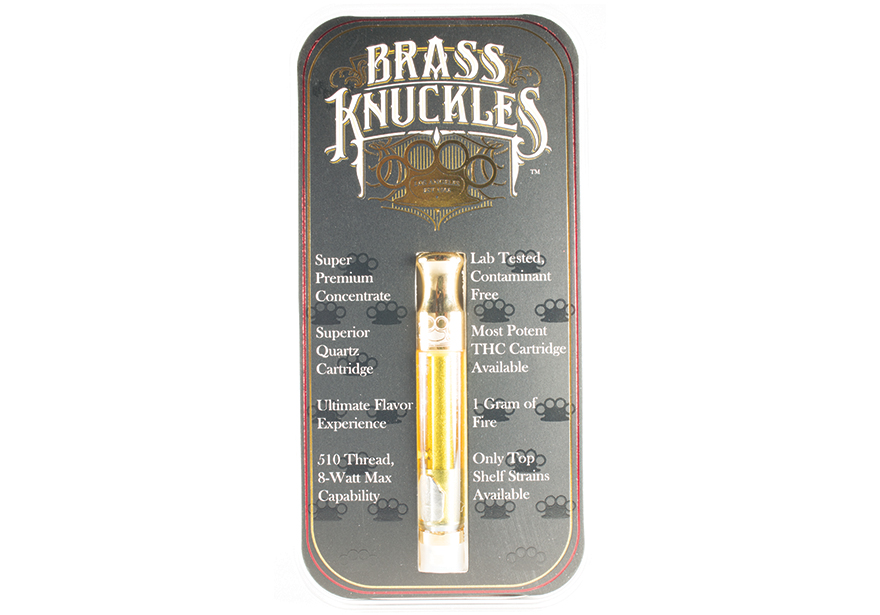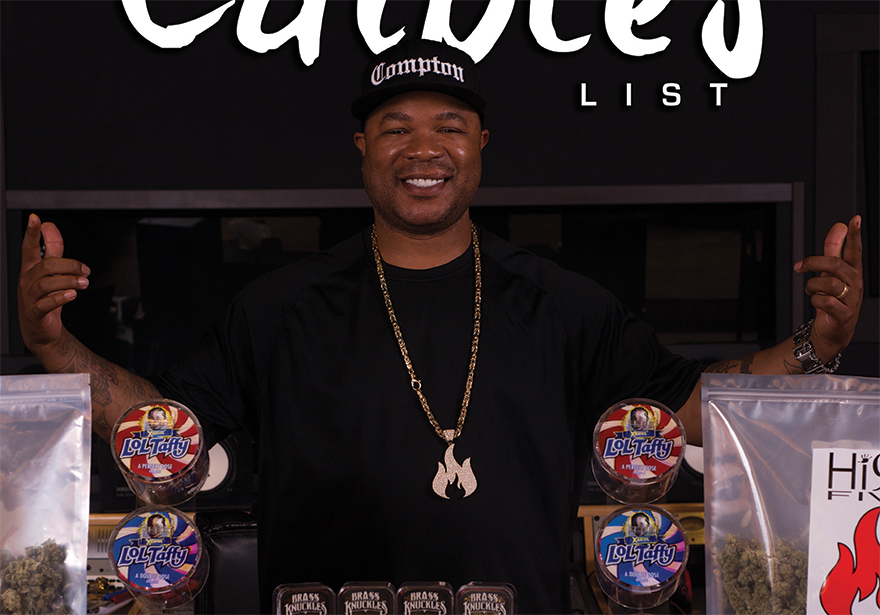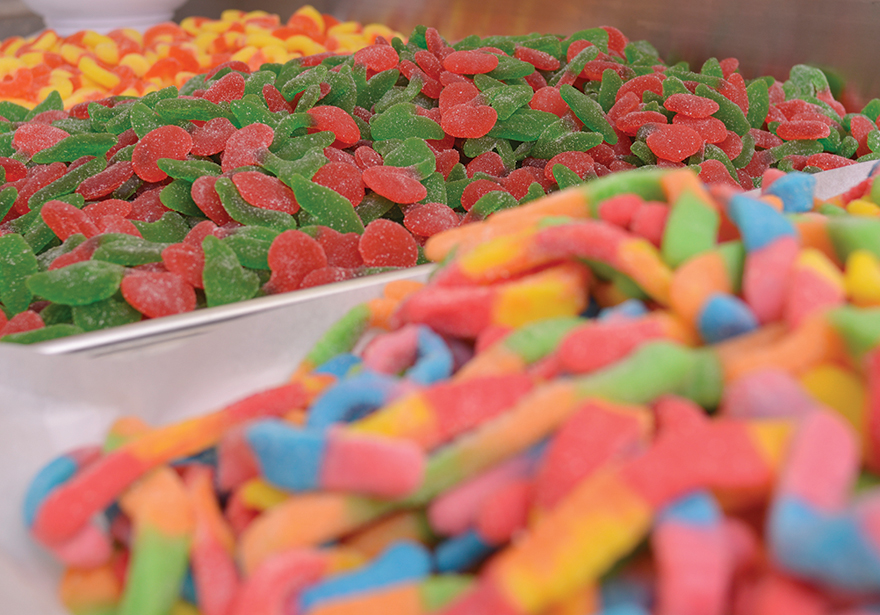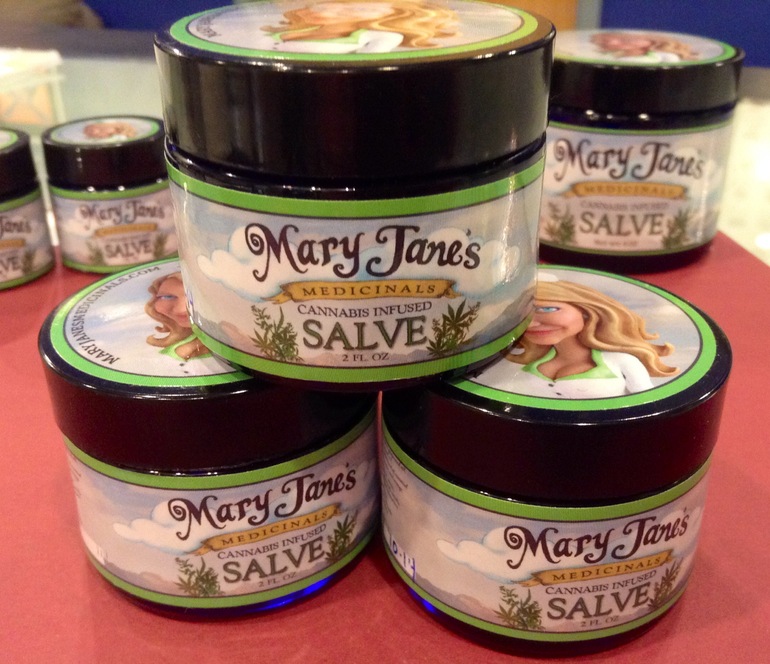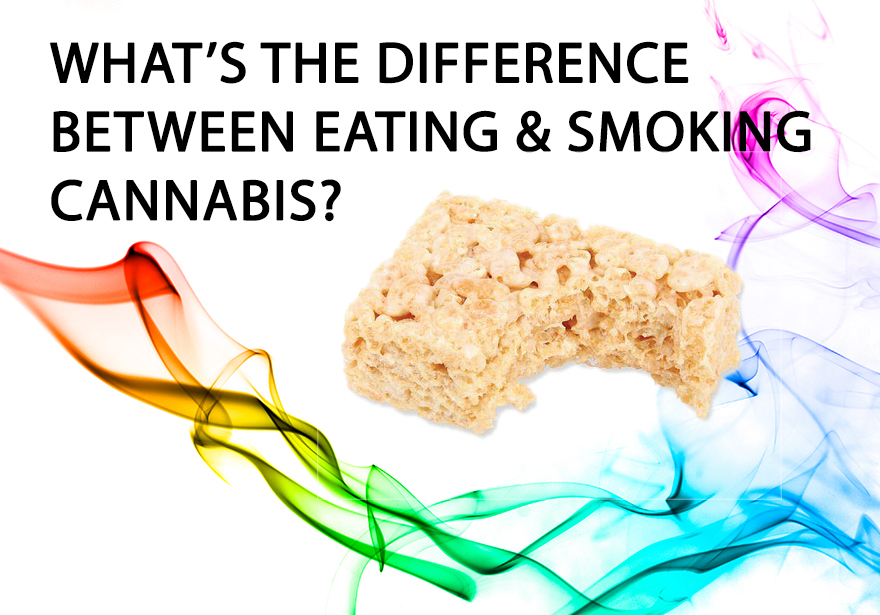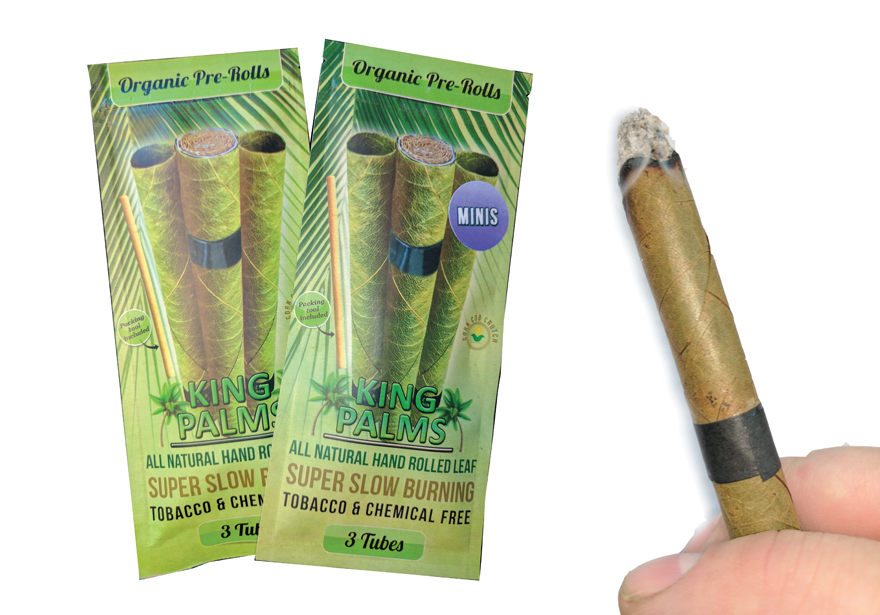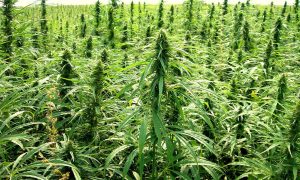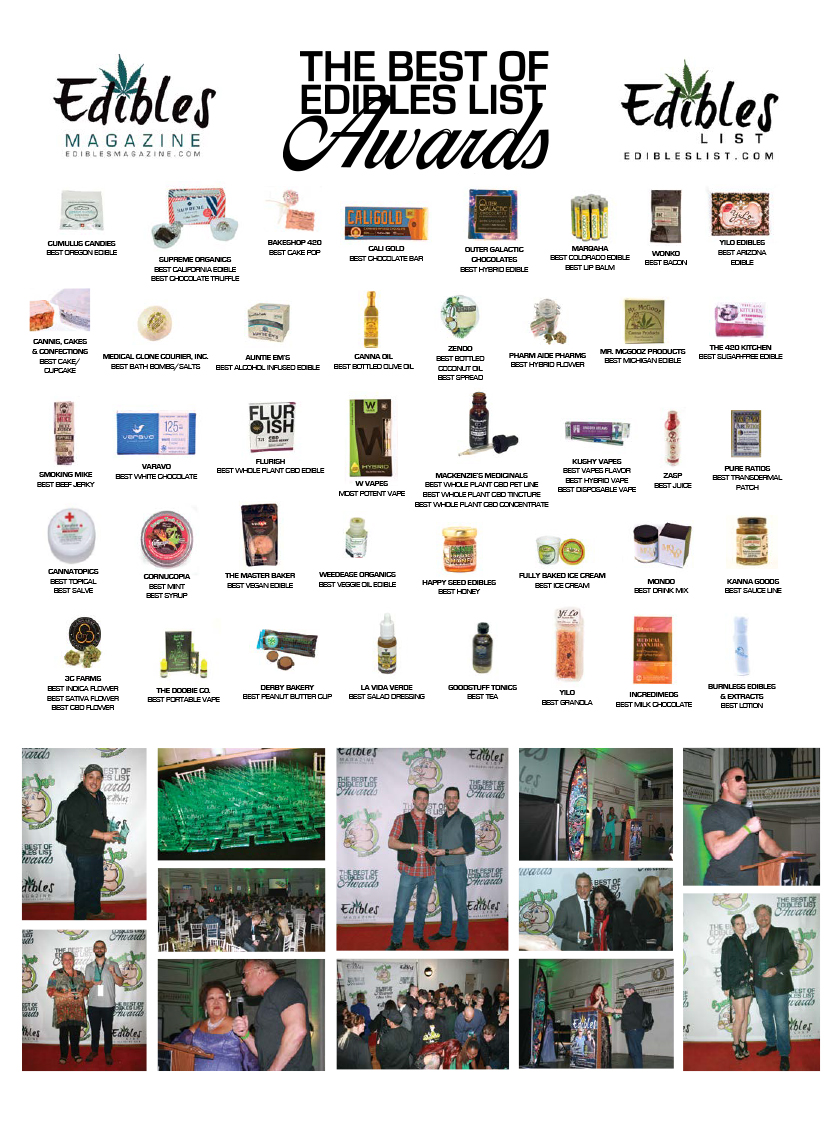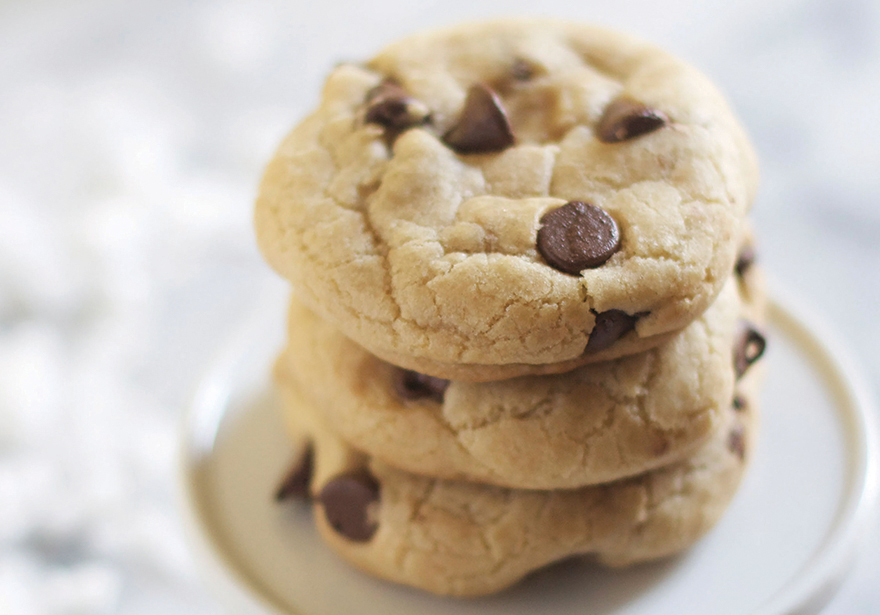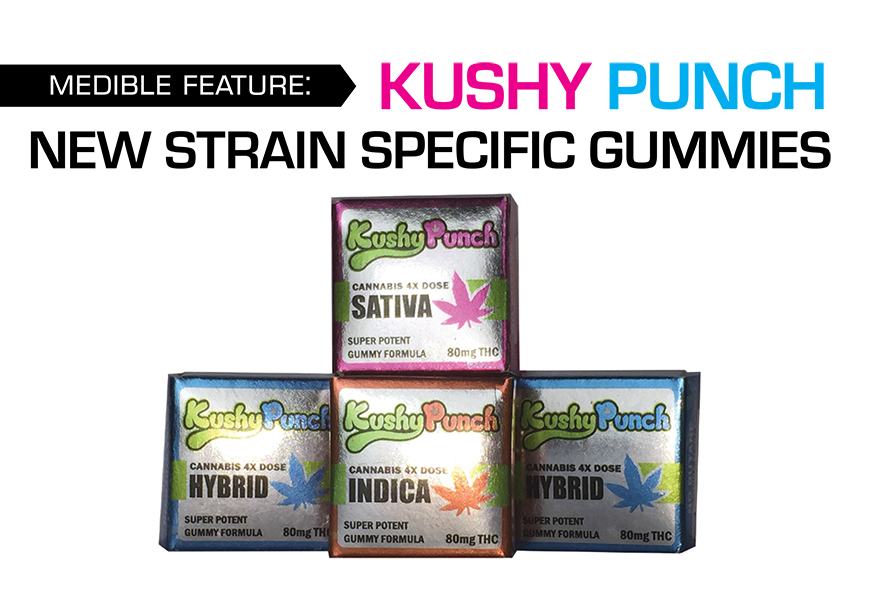What does it mean when someone describes a food as being “shelf stable”? Shelf stability in the general sense refers to food that can sit on a shelf, at room temperature and maintain its quality, safety and sensory attributes over a set period of time predetermined by the manufacturer. Some shelf stable foods can last literally almost forever on the shelf such as canned foods, juice boxes and boxed soy milk. Other shelf stable foods like bread or packaged cookies will last a fairly long time (4 weeks to 3 months) but eventually will not taste “fresh” or could get moldy after being opened and closed multiple times. Manufacturers usually put a “Best-By” date or “Use-By” date to guide their consumers on how long they should keep the shelf stable product on the shelf.
There are intrinsic and extrinsic forces surrounding food products that must be managed in order to maintain shelf stability.
Heat: Heat is the most common way to make a food product shelf stable. Canned goods are food products that have cooked to very high “retorted” temperatures of 250’F or higher while inside a can. Bacteria cannot survive that heat treatment so the product is essentially sterilized inside the can and is shelf stable till opened.
Moisture: Dried foods like beef jerky, milk powder and raisins are examples of food products that have had their moisture removed via dehydration and other drying methods like spray drying, drum drying or freeze drying. One the moisture is removed from a food, the natural bacteria that was previously present in that food can no longer grow.
High Sugar and Salt: Bacteria likes warm watery environments with lots of carbohydrates and protein. When too much sugar or salt is dumped in their world, they don’t grow as well. Thus many foods are “preserved” with excess sugar and salt. High sugar is often combined with heating to make shelf stable products like jams.
pH: Some shelf stable products are “pickled” or “brined” by adding vinegar and other acids to them. Pickles are brined with vinegar and the low pH (under 4.6) inhibits bacteria growth.
Food companies use a variety of methods to render a food product shelf stable. Sometimes more than one method is used like heat + acid or preservatives + dehydration. For example, a fresh bread at the local bakery has been “baked” to kill off the bacteria and it can last a few days on your kitchen counter. Eventually outside bacteria will attack the bread and it will get moldy. The higher moisture that bread was to begin with will affect how quickly it begins to mold. If there are inclusions in that bread (like wet bits of olives) it will mold even faster. An industrial bread that is sold in a supermarket will last much longer because in addition to being baked, it has a high quality bag to protect it and preservatives like potassium sorbate and sodium benzoate—both bacterial inhibitors, have been added as well to keep the bacteria at bay for a few weeks longer.
For the cannabis entrepreneur, shelf stable food means mandatory compromises to the final food flavor, texture and taste. Many dispensaries don’t have refrigeration so products like fresh dairy, meat and vegetables cannot be sold. Baked goods will need to be very dry, well packaged and possibly have preservatives added to them. Analytical Tools such as water activity (Aw) and moisture analyzers should be used to ensure consistency in finished products. This is why most edible cannabis products are in the form of cookies, candy and other long lasting products that don’t have any potential safety hazards.
Rachel Zemser, cannabisculinologist.com


